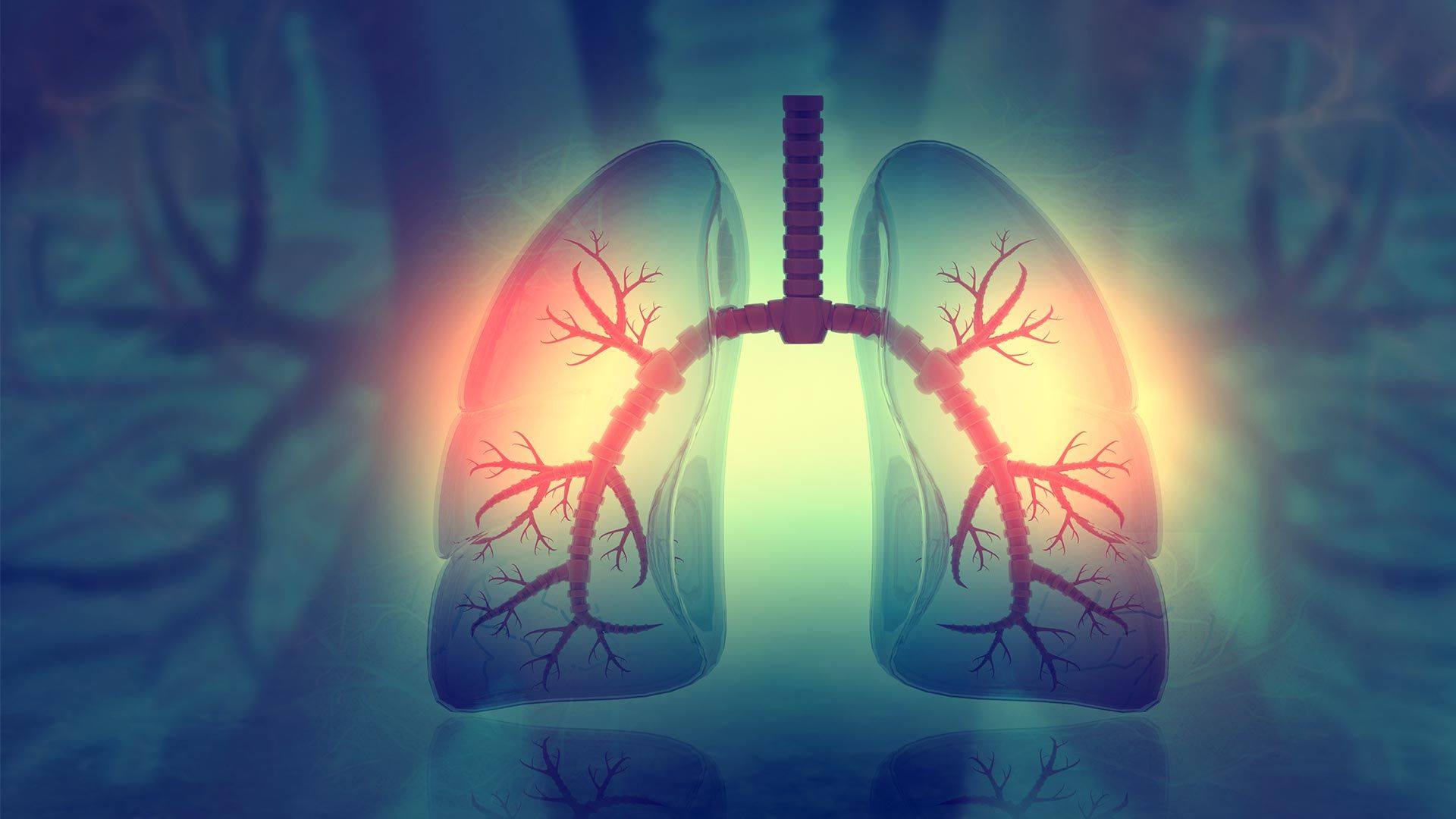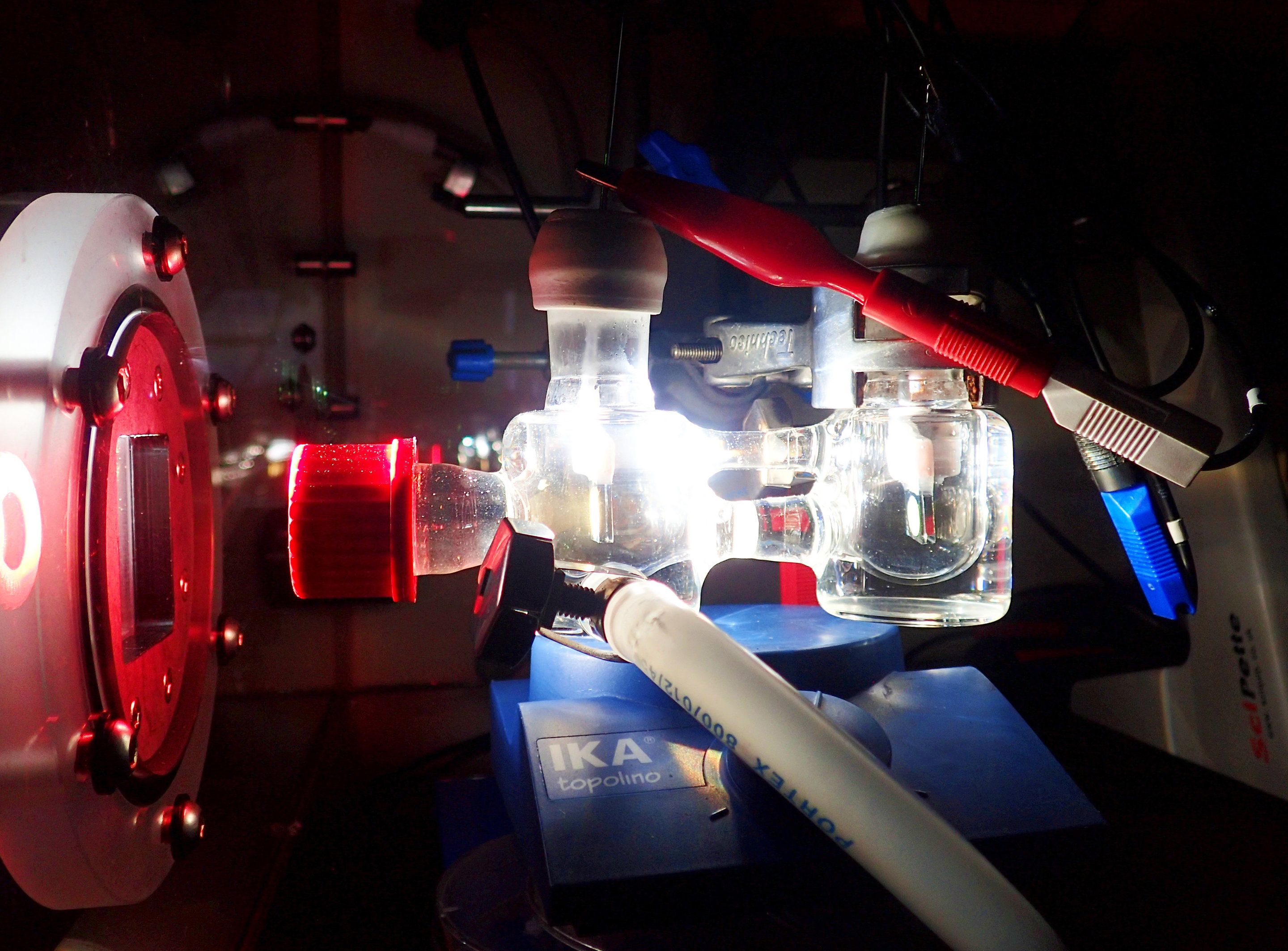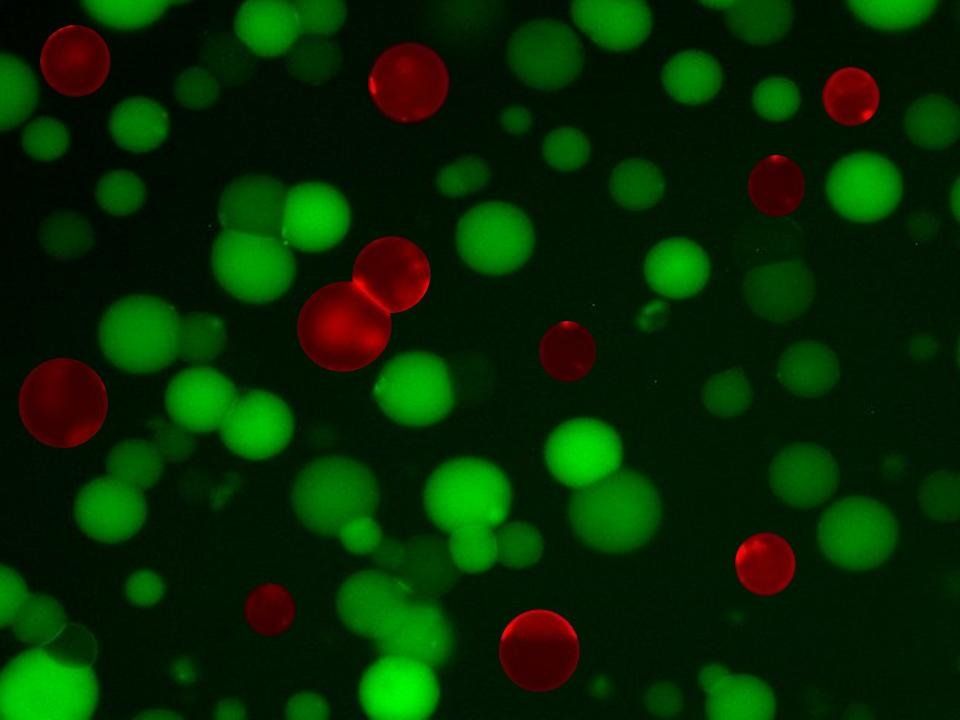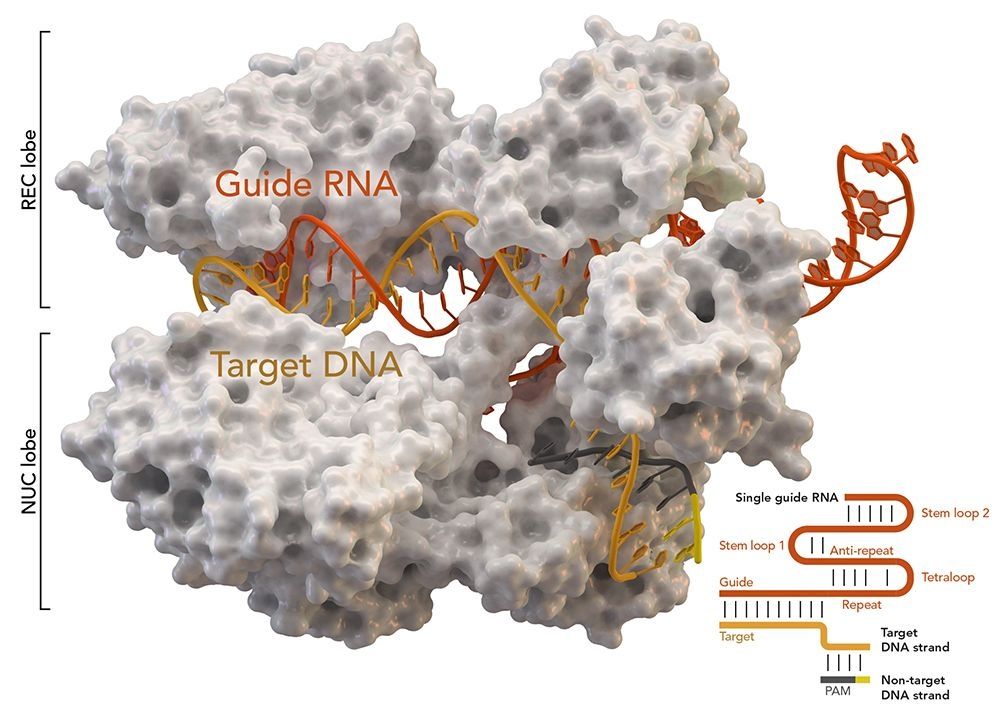Search results for 'Nicholi': Page 51
Sep 6, 2018
Evolutionary Study Uncovers the Genes That Extend Human Lifespan
Posted by Nicholi Avery in categories: biological, evolution
A study published in Molecular Biology Evolution provides new insight into why humans are able to live as long as we do identifying a handful of genes that were so strongly conserved millions of years ago, that they continue to influence our lifespans today…
Sep 5, 2018
Venture Class Launch Services: Small Rockets Carry Big Dreams
Posted by Nicholi Avery in category: satellites

In the beginning, big ideas required big rockets. Now, we can launch satellites that fit in the palm of our hand. Discover how by watching this video!
Sep 5, 2018
This is a big deal for the future of organ transplants
Posted by Nicholi Avery in categories: biotech/medical, futurism
Sep 4, 2018
Scientists pioneer a new way to turn sunlight into fuel
Posted by Nicholi Avery in categories: biological, solar power, sustainability
The quest to find new ways to harness solar power has taken a step forward after researchers successfully split water into hydrogen and oxygen by altering the photosynthetic machinery in plants.
Photosynthesis is the process plants use to convert sunlight into energy. Oxygen is produced as by-product of photosynthesis when the water absorbed by plants is ‘split’. It is one of the most important reactions on the planet because it is the source of nearly all of the world’s oxygen. Hydrogen which is produced when the water is split could potentially be a green and unlimited source of renewable energy.
A new study, led by academics at St John’s College, University of Cambridge, used semi-artificial photosynthesis to explore new ways to produce and store solar energy. They used natural sunlight to convert water into hydrogen and oxygen using a mixture of biological components and manmade technologies.
Sep 3, 2018
Artificial cells are tiny bacteria fighters
Posted by Nicholi Avery in categories: bioengineering, biotech/medical
“Lego block” artificial cells that can kill bacteria have been created by researchers at the University of California, Davis Department of Biomedical Engineering. The work is reported Aug. 29 in the journal ACS Applied Materials & Interfaces.
“We engineered artificial cells from the bottom-up – like Lego blocks – to destroy bacteria,” said Assistant Professor Cheemeng Tan, who led the work. The cells are built from liposomes, or bubbles with a cell-like lipid membrane, and purified cellular components including proteins, DNA and metabolites.
“We demonstrated that artificial cells can sense, react and interact with bacteria, as well as function as systems that both detect and kill bacteria with little dependence on their environment,” Tan said.
Continue reading “Artificial cells are tiny bacteria fighters” »
Sep 2, 2018
Activists urge killer robot ban ‘before it is too late’
Posted by Nicholi Avery in categories: geopolitics, robotics/AI, treaties
Countries should quickly agree a treaty banning the use of so-called killer robots “before it is too late”, activists said Monday as talks on the issue resumed at the UN.
They say time is running out before weapons are deployed that use lethal force without a human making the final kill-order and have criticised the UN body hosting the talks—the Convention of Certain Conventional Weapons (CCW)—for moving too slowly.
“Killer robots are no longer the stuff of science fiction,” Rasha Abdul Rahim, Amnesty International’s advisor on artificial intelligence and human rights, said in a statement.
Continue reading “Activists urge killer robot ban ‘before it is too late’” »
Sep 1, 2018
66% of Cancers Are Caused by DNA Error, Not Environment or Lifestyle, Finds Johns Hopkins Study
Posted by Nicholi Avery in category: biotech/medical
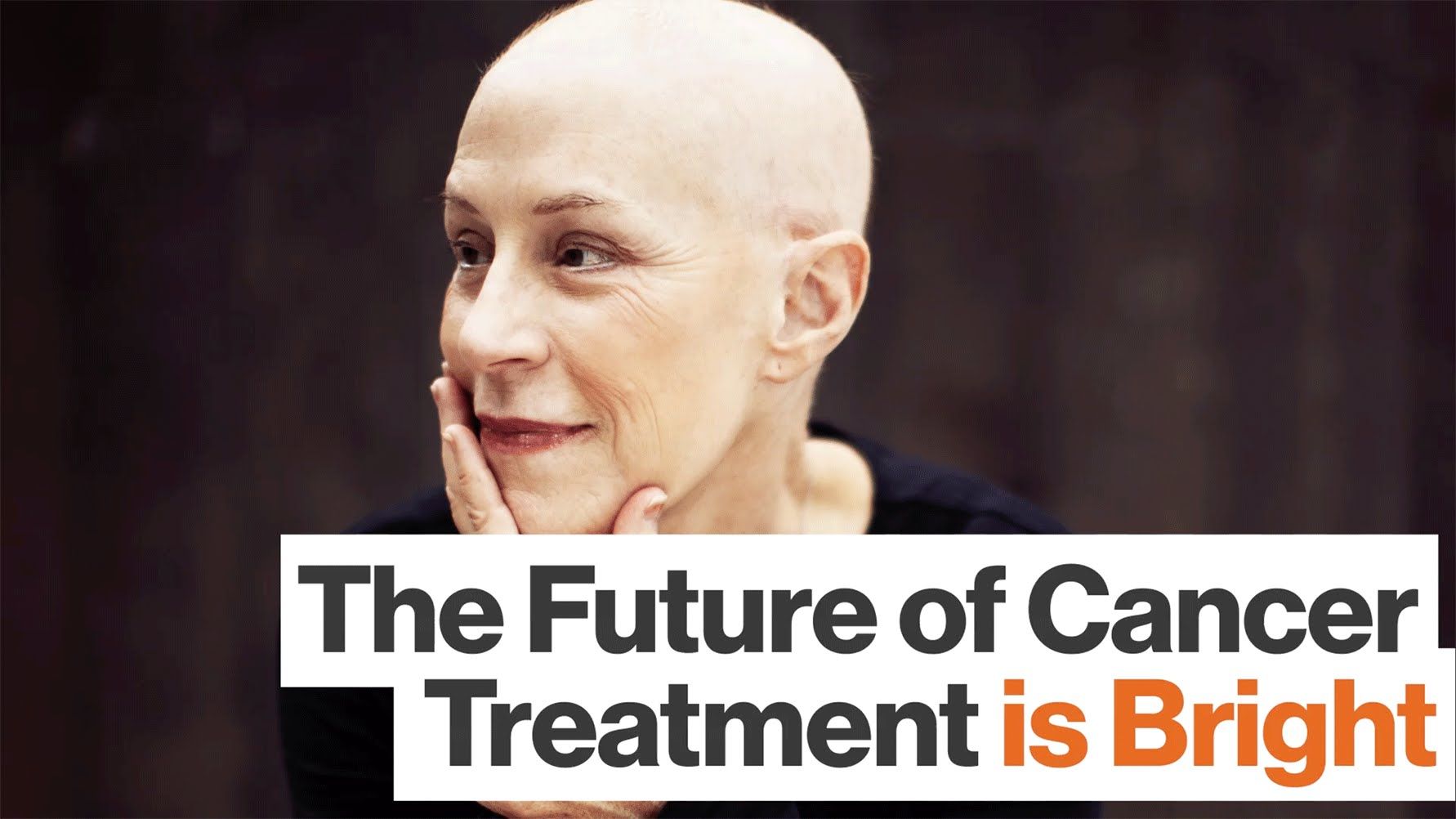
Two-thirds of all cancers are caused by DNA replication errors, according to Johns Hopkins researchers. But don’t light a celebratory cigarette just yet.
Aug 29, 2018
Chinese team uses base editing to repair genetic disease in human embryo
Posted by Nicholi Avery in categories: bioengineering, biotech/medical, genetics
A team of researchers in China has used a form of the CRISPR gene editing technique to repair a genetic defect in a viable human embryo. In their paper published in the journal Molecular Therapy, the group describes their work and how well it worked.
Only three years ago, CRISPR was first used on a human embryo. In that work, a Chinese team attempted to use the technique to repair a genetic fault. Though the work made headlines around the world, it had a low success rate—just four out of 54 embryos that survived the technique carried the repaired genes. Since that time, a new variation of CRISPR has been developed—it is called base editing, and works in a more efficient way. Instead of snipping DNA strands and replacing removed bits with desired traits, the new method does nothing more than swap DNA letters—trading out an A for a G, for example. In this new effort, the researchers used this new method to correct a gene mutation that results in humans having a condition called Marfan syndrome, in which people have an A instead of a G in the FBN1 gene. It is a disorder that causes problems with connective tissue, leading to a myriad of problems for those born with it.
The new research is unique in that the scientists used viable embryos created using in vitro fertilization. The team could have implanted these viable gene-edited embryos into a woman’s uterus, had they chosen to do so.
Aug 29, 2018
‘Archived’ heat has reached deep into the Arctic interior, researchers say
Posted by Nicholi Avery in category: futurism
Arctic sea ice isn’t just threatened by the melting of ice around its edges, a new study has found: Warmer water that originated hundreds of miles away has penetrated deep into the interior of the Arctic.
That “archived” heat, currently trapped below the surface, has the potential to melt the region’s entire sea-ice pack if it reaches the surface, researchers say.
The study appears online Aug. 29 in the journal Science Advances.


